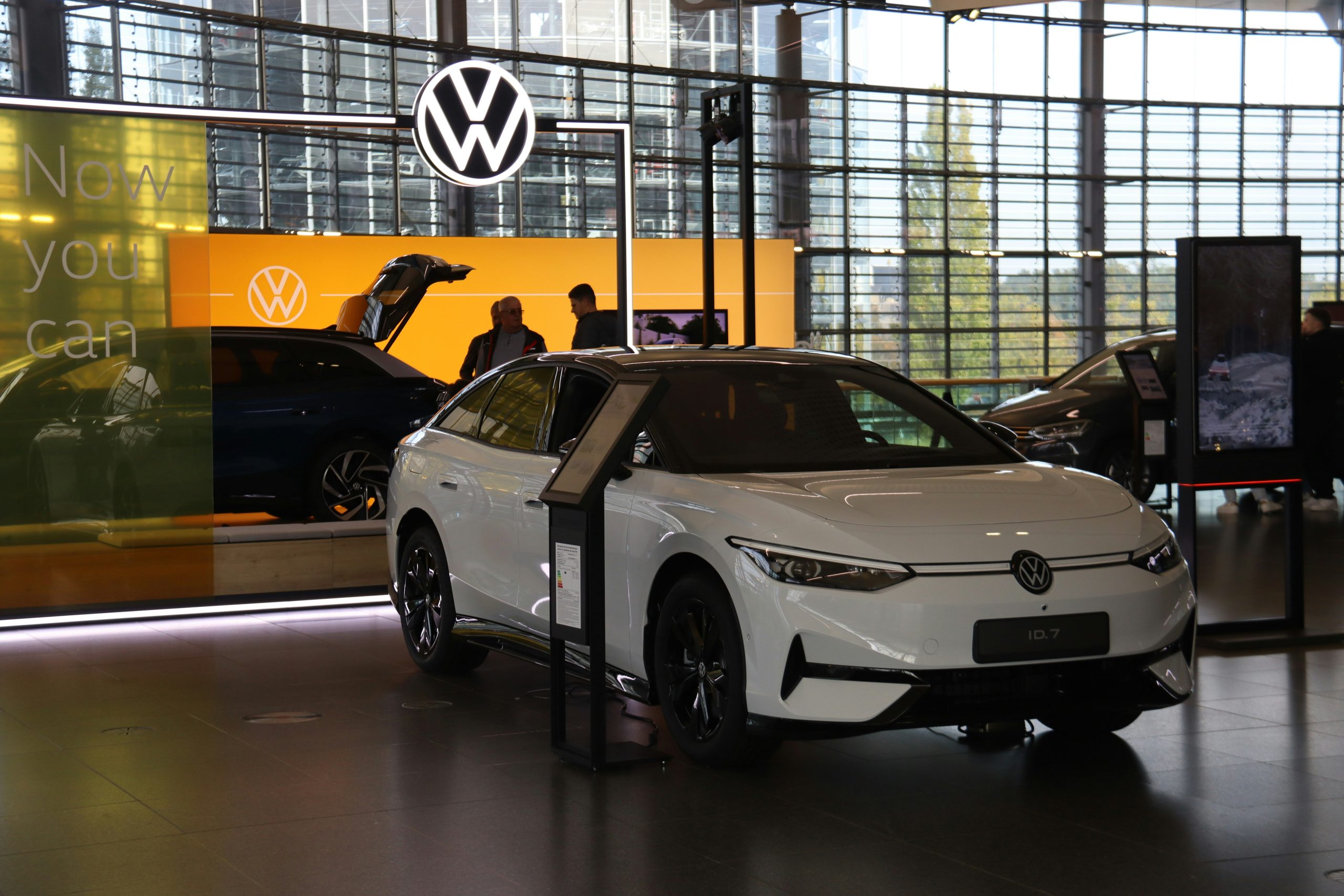Volkswagen’s MEB Plus Revolution: Cheaper EVs with Game-Changing LFP Batteries on the Horizon
By HomeBrasil |

Electric vehicles are getting a major upgrade from Volkswagen, with the upcoming MEB Plus platform set to slash costs and boost performance through lithium iron phosphate (LFP) batteries. As of September 2025, VW is gearing up for a 2026 rollout that promises longer ranges, better durability, and prices starting as low as €25,000 for models like the ID.2. This shift from traditional nickel-manganese-cobalt (NMC) cells to LFP tech isn’t just about saving money—it’s a strategic move to make EVs more accessible amid rising competition from Tesla and Chinese giants like BYD. With recent updates confirming up to 50% lower battery pack costs and enhanced efficiency, VW is positioning itself as a leader in affordable electric mobility. Let’s break down the details, what’s new in September 2025, and why this could reshape the EV market.
Disclaimer: The information in this article is accurate as of September 8, 2025, and subject to change based on Volkswagen’s announcements and market developments. Always verify details with official sources before making purchase or investment decisions.
The Core of the Change: MEB Plus and LFP Batteries Explained
Volkswagen’s MEB Plus platform, an evolution of the Modular Electric Drive (MEB) architecture, is slated for debut in 2026. First teased in 2023 and confirmed in May 2025, it’s designed to underpin models like the ID.3, ID.4, and ID.7, with the ID.2 entry-level hatchback leading the charge. The star of the show? A switch to LFP batteries, which promise significant advantages over NMC cells:
- Cost Savings: VW CEO Thomas Schäfer called it a “major step forward in terms of cost and performance,” with battery pack costs dropping up to 50% thanks to LFP’s cheaper materials and simpler production.
- Efficiency and Design: Using a cell-to-pack approach without traditional modules, the batteries reduce weight, boost energy density, and improve overall efficiency. This means longer ranges—up to 451 km (280 miles) in the China-spec ID.3 with a 53.6 kWh LFP pack from CATL.
- Durability and Safety: LFP offers higher thermal stability and a longer lifespan, with less risk of overheating—ideal for everyday drivers. NMC variants will stick around for high-performance models like future GTIs.
This tech isn’t new—Tesla and BYD have used LFP for years—but VW’s adoption for Europe marks a milestone, starting with the ID.3 as the first LFP-equipped model there.
September 2025 Updates: Progress and Challenges
As of early September 2025, VW’s plans are advancing steadily. A September 1 report highlights LFP’s role in localized R&D for cost reductions, noting the company’s push for unified prismatic cells to standardize production and cut expenses further. Battery Design’s June 2025 update, refreshed in September, confirms the 50% cost drop and emphasizes LFP’s integration into MEB Plus for enhanced performance.
However, challenges persist. Supply chain issues with CATL and other partners have delayed some rollouts, and geopolitical tensions—like U.S. tariffs on Chinese components—could hike costs for North American markets. VW’s May confirmation of MEB Plus for 2026 remains on track, but analysts warn that competition from affordable Chinese EVs (e.g., BYD’s Seagull at under €20,000) could pressure pricing. Positively, VW’s unified cell strategy, ramping up since 2021, is delivering: small-volume production started in 2025, with full scale by 2026.
Model Rollout: ID.2 Leads the Way
The ID.2, priced from €25,000, will be the first to showcase MEB Plus and LFP, offering a 450+ km range and fast charging. Following suit, the ID.3 and ID.4 will see updates, potentially dropping prices below €30,000 for base models. VW plans to extend LFP across its lineup, including Skoda and Cupra brands, for broader affordability. This aligns with VW’s goal of 80% EV sales in Europe by 2030, amid stricter emissions rules.
Broader Industry Impact: Cheaper, Safer EVs for All
VW’s move could democratize EVs. LFP’s lower costs (no rare metals like cobalt) and safety edge make it a game-changer, especially as battery prices fall globally (down 20% in 2025). Competitors like Ford and GM are eyeing similar shifts, while Tesla’s LFP-equipped Model 3/Y already dominate. For consumers, expect 500+ km ranges, faster charging (up to 175 kW on MEB Plus), and warranties exceeding 160,000 km with 70% capacity retention.
A Balanced Outlook
The bullish case is strong: UBS forecasts gold-like growth for EVs, with VW’s LFP push potentially boosting market share to 25% in Europe by 2027. But risks include supply bottlenecks—CATL’s dominance raises dependency concerns—and economic slowdowns curbing demand. VW’s recent scandals (e.g., software glitches in ID models) could erode trust if not addressed.
For investors, VW stock (VOW.DE) is up 15% YTD on EV optimism, but volatility looms with Q3 earnings in October. Traders: Watch support at €95 (year-low) and resistance at €120; use RSI for overbought signals post-announcements.
Electrifying the Future
VW’s MEB Plus and LFP batteries signal a pivotal shift toward affordable, reliable EVs, potentially accelerating the green transition. With costs halved and ranges extended, this could make electric driving mainstream, challenging gas guzzlers. As September 2025 updates affirm progress, VW is betting big on innovation to reclaim its edge.
Excited for cheaper EVs, or skeptical of the hype? Share your thoughts in the comments—let’s discuss how this could change your next car buy.




